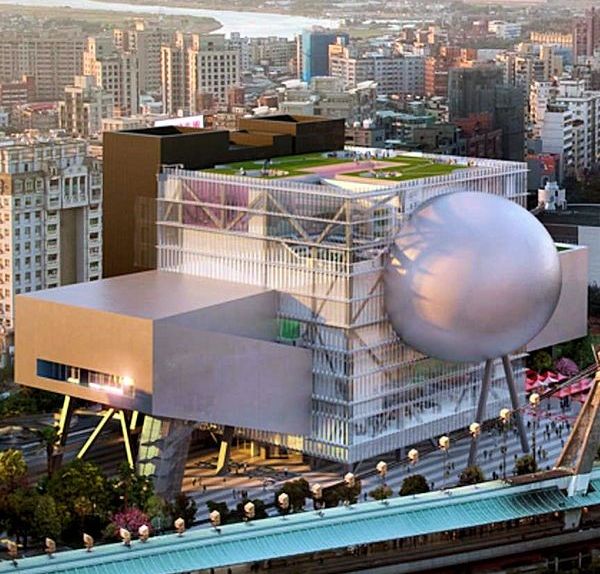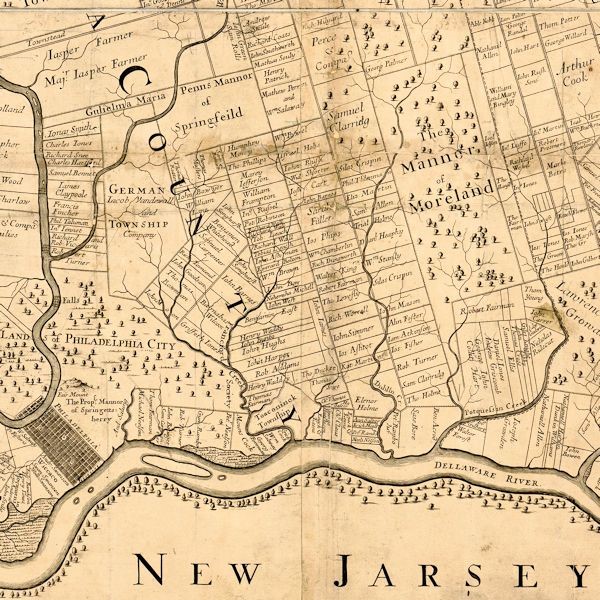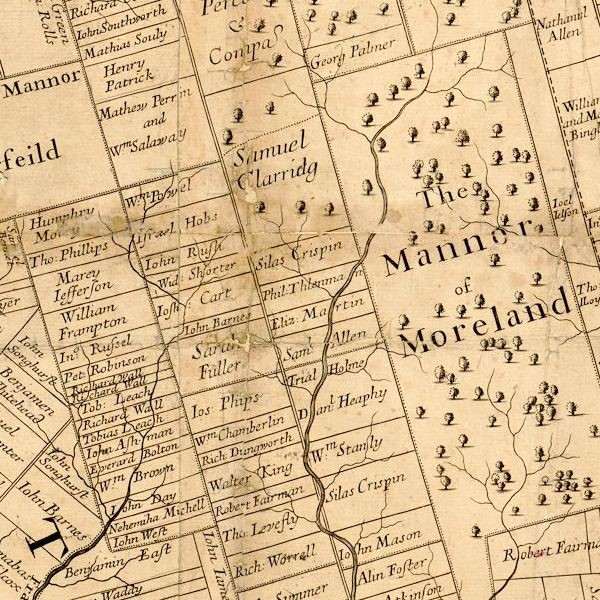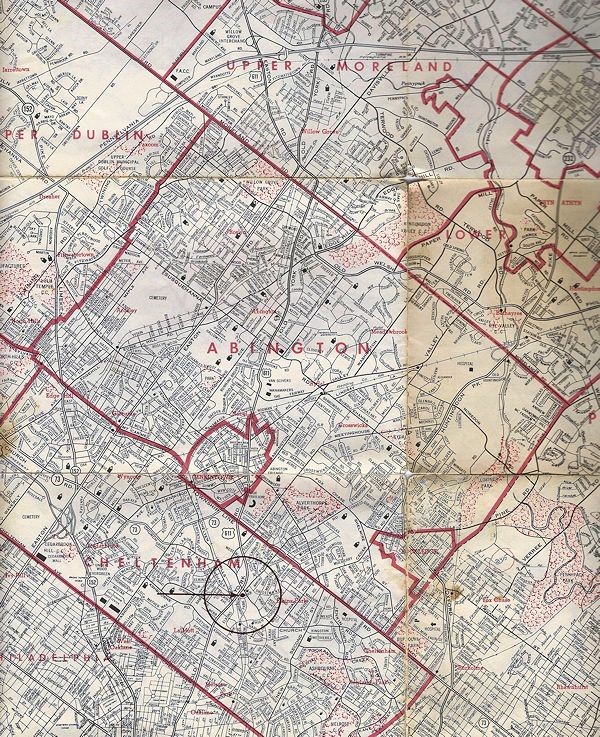2016.08.29 09:48
You never forget your first love: An ode to John Portman
The only Portman architecture I've visited was Peachtree Center and the Hyatt Regency Atlanta, some summer weekend, 1979. Don't have any vivid memories though--maybe that's because I was touring around with Tamara Peacock and we were too busy trying to look like young cosmopolitan sophisticates. If anything, I remember being somewhat let down by the atrium of the Hyatt Regency, like it already look dated or cliché or something, and I couldn't quite make out what all the fuss was about. Maybe it was a relative thing because the Westin Bonaventure LA and the Renaissance Center Detroit (design) were so much more in the news then that the Hyatt Regency just didn't match up to my expectations. Plus, by that point in my (architectural) life, I've already been to Frei Otto's Olympic Center Munich, Neuschwannstein, outside atop the World Trade Center a few times (once even at night), the Guggenheim Museum and St. Peter's Vatican City.
...I can appreciate your 'first love' feeling for Portman's architecture. There seems to be something consummately late-20th-century-American about it, with a strong dose of regionalism as well. Could Portman's architecture be seen, in Cold War terms, as capitalist antidote to Soviet Triumphalism?
2016.08.30 12:43
You never forget your first love: An ode to John Portman
Is Portman architecture and macho architecture pretty much the same thing?
2016.09.03 16:05
You never forget your first love: An ode to John Portman
multiple true or false choice:

a. this is Portman today
b. this is OMA today
c. this is Portman looking like OMA
d. this is OMA looking like Portman
e. this is a posthumous painting by Pollock
f. this is a current painting by Portman
g. Koolhaas does not paint
h. this is Village of Macho Man People HQ
i. I haven't had lunch yet
| |
2016.09.06 10:43
Thread Central
But then again maybe not. Since the "crime" remains absent, uncertainty reigns. If there is to be a coherent pattern, it will need to be provided by the reader. The facts cease to matter; crime or not, guilt or not, it forces us to seek not the "truth" but the reflections of an event on a disturbed, seemingly psychotic consciousness. As in _______, the indefiniteness of the narrative evokes the meandering of the creative process.
2016.09.08 12:41
Most interesting suburbs?
Abington Township Top 100 Best Places to Live
I don't live in Abington Township, rather right next to it. Indeed, a greater portion of my recreation time is spent somewhere in Abington Township. Like just an hour ago I was biking the Pennypack Trail. And the 10th largest employer in Abington Township is the closest supermarket, where I'm going sometime in the next hour--I never thought it be such a pleasure going to the supermarket without ever encountering a traffic light and for the most part driving through the woods.
2016.09.08 13:12
Most interesting suburbs?
They say Betsy Ross spent her summers in Abington Township, but they can also say Louis I. Kahn is spending the rest of eternity in Abington Township.
2016.09.08 13:20
Most interesting suburbs?
Also, the fact that Abington Township is/was considered among the 100 best places to live (in America) is exactly what makes it interesting. Indeed, (I'm finding that) "learning from Abington Township" is a very worthwhile pursuit.
| |
2016.09.08 18:35
Most interesting suburbs?
...to Penn's surprise, the King granted an extraordinarily generous charter which made Penn the world's largest private (non-royal) landowner, with over 45,000 square miles (120,000 km2). Penn became the sole proprietor of a huge tract of land west of New Jersey and north of Maryland, and gained sovereign rule of the territory with all rights and privileges (except the power to declare war).

Before William Penn even came to the New World in 1682, he was already selling Pennsylvania land in England. The first map of Pennsylvania, circa 1687, is a detailed delineation of waterways and property lines along with the names of who owned what.

The double line running lower center right to upper center left is the planned Susquehanna Road (which was to connect the Delaware and Susquehanna Rivers). The Mannor of Moreland became what is today Upper Moreland and Lower Moreland Townships with Bryn Athyn and Hatboro. The strip of parallel tracts of land running from John West at the bottom to Humphrey Mo(?)y at the top became what is today Cheltenham Township. And the strips of parallel tracts of land either side of Susquehanna Road running from Walter King and William Stanly at the bottom to William Powel to Samuel Clarridg at the top became what is today Abington Township.
It is easy to see that many of the major streets of Cheltenham and Abington Townships started as property lines on the 1687 map.

What's interesting here, however, is that two of the major traffic arteries of Abington Township today, namely Old York Road and Huntingdon Pike, exist without any indication on the 1687 map, yet these arteries were already in existence well before the 1687 map because they are actual "Indian" trails. In fact, there are four "Indian" trails that still run through Abington Township: Old York Road, Huntingdon Pike, Old Welsh Road and Limekiln Pike. And possibly a fifth, Jenkintown Road.
|